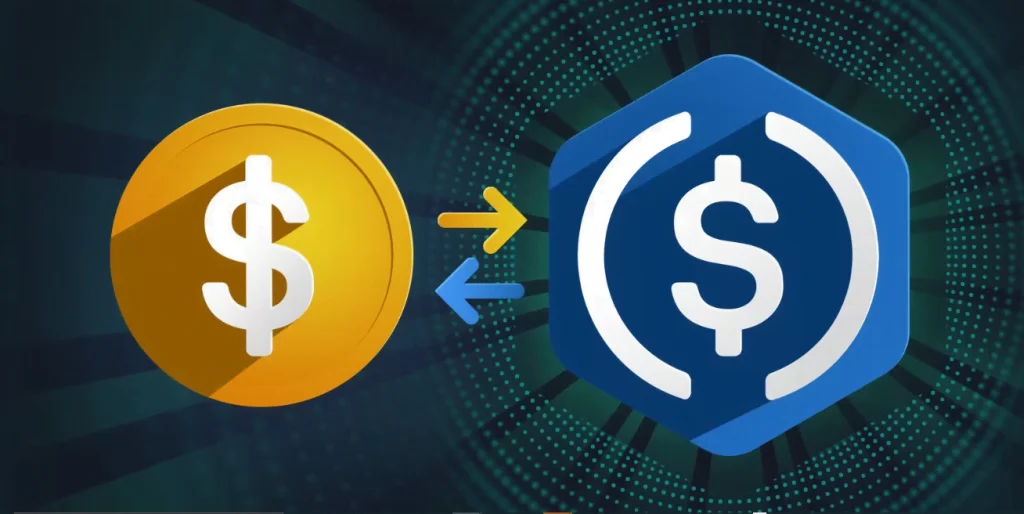Stablecoins may be used for transactions or burned for electricity for a charge which would be governed by smart contracts.

Electricity transmission might be made almost free with the E-Stablecoin, but it would necessitate a number of scientific developments now underway.
The Electricity Stablecoin (E-Stablecoin) was designed by researchers at the government-sponsored Lawrence Livermore National Laboratory in California, who used statistical mechanics and information theory to create a stablecoin that would transport energy as a kind of information.
Maxwell Murialdo and Jonathan L. Belof of Livermore believe their invention will allow power to be transmitted without the use of physical cables or a grid, as well as establish a completely collateralized stablecoin tied to a tangible asset – electricity – and whose value is determined by its usefulness.
According to the researchers, the E-Stablecoin would be created by putting one kilowatt-hour of power into the system, plus a charge. The stablecoin could then be used in the same manner as any other stablecoin, or the energy could be extracted for a price by burning it.
Smart contracts to become the gamechanger
Smart contracts would manage the entire process, which would be backed up by a decentralized cloud data storage. To preserve or disperse the asset, no centralized authority would be required.
According to the scientists, this would be the first time a hard-pegged stablecoin could be immediately exchanged for a predetermined quantity of a tangible object. They claimed that power has a very steady price and demand and that the electricity required to mint E-Stablecoins could easily be sustained.
Investors would be able to manufacture E-Stablecoins in low-cost areas and burn the tokens in higher-cost areas.
Murialdo and Belof presented their study as a proof of concept, and their reasoning relied heavily on sophisticated mathematics. According to the scientists, “additional developments that boost the speed, transfer entropy, and scalability of information engines will likely be necessary” to create a workable E-Stablecoin.
Improved cloud storage, or an alternative, would be required as well. Meanwhile, their findings have theoretical implications for how cryptos earn their value, according to the authors. On Monday, their research was published in the peer-reviewed journal Cryptoeconomic Systems.
